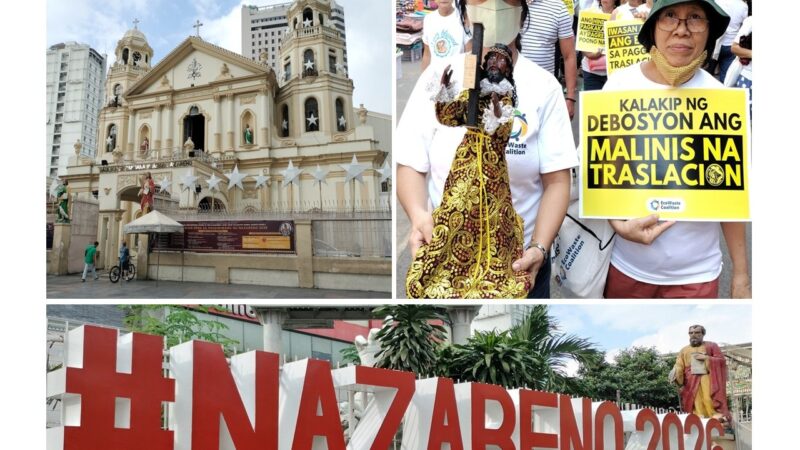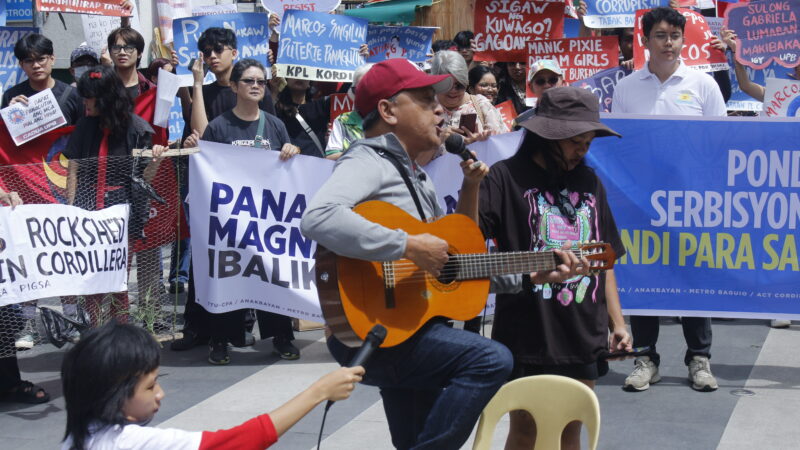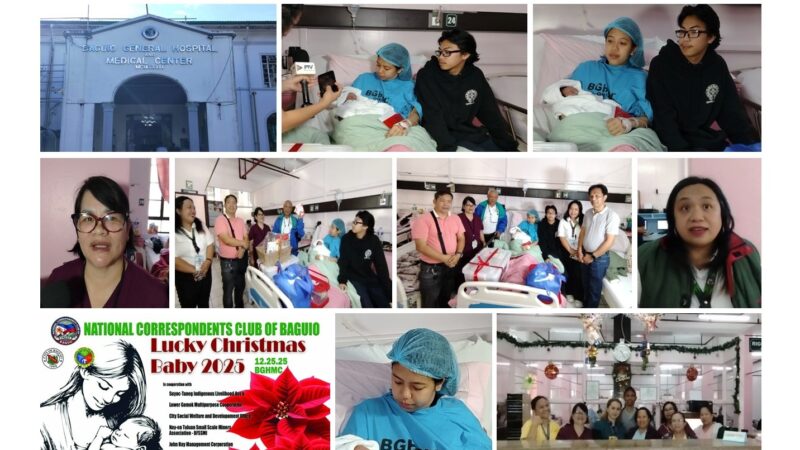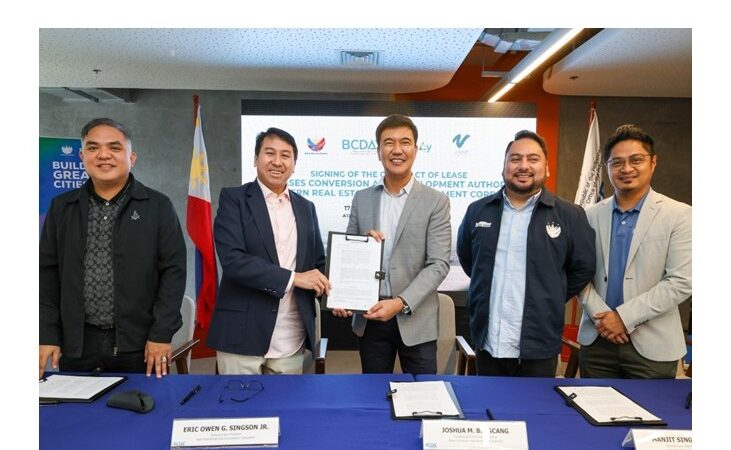Cultural heritage mapping on

A hundred identified tangible and intangible heritage resources in Baguio City are being mapped by a cultural team, with completion slated on December 17.
This was reported by City Planning and Development Office (CPDO) Coordinator Architect Donna Rillera-Tabangin during a recent city hall executives’ management committee meeting.
The team is composed of a film group, an architect, lead mappers and researchers who underwent training and lectures on historical culture and heritage mapping procedures.
For landforms and bodies of water which may be considered as cultural treasures; the location, area, description and ownership are sought, as with stories associated with it. The significance of said natural resource, threat or issues, manner of conservation suggested, status of protection and references shall be reported by the mapping team.
Environmental critical areas, such as those in flood or landslide areas, are also being mapped.
Plants considered to be cultural resources are traced to origins and habitat, description, classification, being exotic or as to uses, seasonality; with reference to common and scientific nomenclature.
Tangible and immovable heritage structures include houses, schools, hospitals, churches, monuments, and even cemeteries. These are classified as to type of building, its history, indigeneity, importance, current status and stories associated with it. The structure may also be classified as an era of establishment: American, Spanish, Pre or post war period.
Tangible and movable heritage objects include tools, household items, clothing, craft, weaponry, art, decoration, games and hobbies, and even liturgical items: image, sculpture, vestments, relics, etc.
Metal heraldic items such as furniture, coin, vehicle, flag, buttons are also considered as tangible heritage resources. Stories associated with their origins or under which circumstances are considered in their preservation.
Artists’ items such as paintings, carvings, sculpture, drawings; papers, manuscripts, books and photographs’ negatives shall also be preserved, as with weavings, embroidery and instruments.
As to oral tradition; prayers, chants, arts, social practices, rituals, songs, and narratives with the manner of transmission and significance are included in the list.
The mapping came after recommendations for policies were promulgated to ensure protection, preservation, conservation and promotion of local cultural and historical heritage.
Mayor Benjamin Magalong, also signed a contract with the National Center for Culture and the Arts (NCCA Arsenio Lizaso for training in cultural and heritage mapping, as authorized in council resolution 138, in January 2021. Other references for the protection and conservation of cultural and heritage sites include the 1987 Philippine Constitution, the Local Government Code and RA 7356, and the Natural Cultural Heritage Act of 2009 or RA 10066.
Local heritage zones should also be revitalized and maintained, and the local registry of cultural properties established. – Julie G. Fianza






